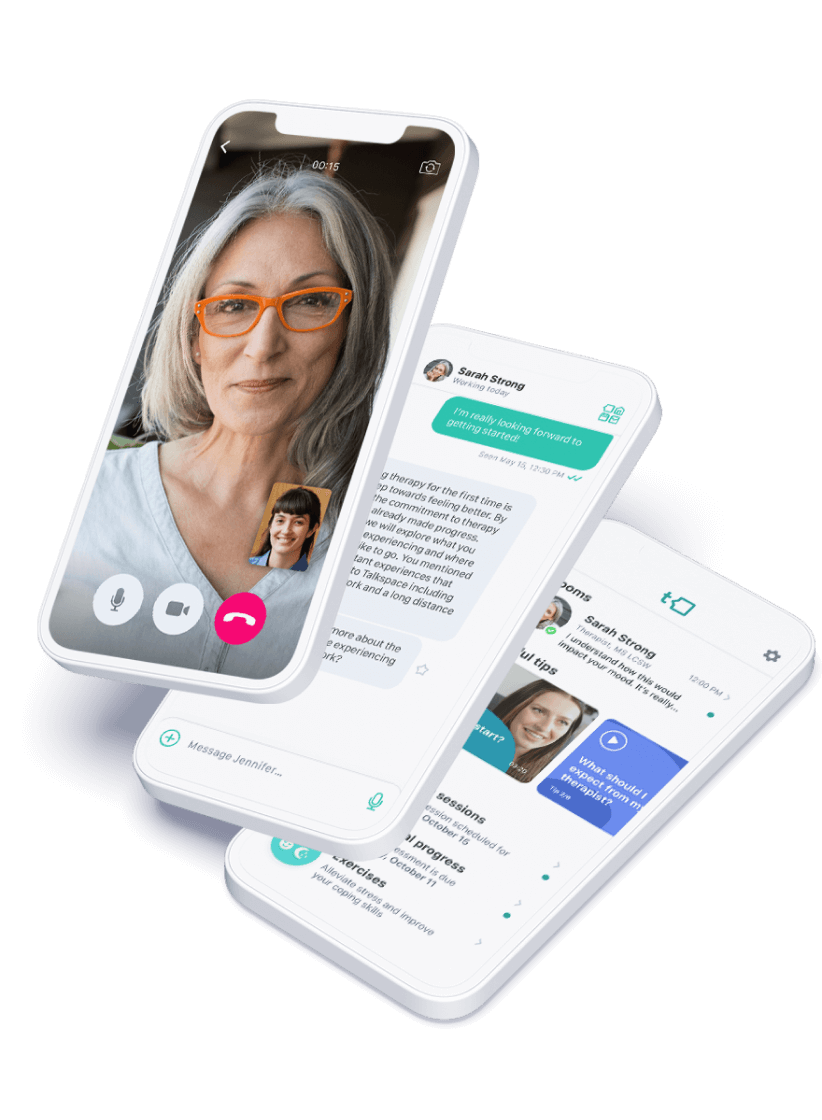How to Treat Trypophobia
If you experience a phobia of holes, you may feel embarrassed to share how you feel. You should know that there is nothing wrong with you. Trypophobia is more common than most realize, it’s one of those things that has more to do with how you are wired than anything else. Some of us are more sensitive to these images than others. That said, you shouldn’t have to just “grin and bear it” if you feel that an irrational fear of little holes is making it difficult to function or enjoy your day-to-day life. Trypophobia is associated with increased rates of anxiety and depression, so if you are struggling with those along with a phobia of holes, it may be time to seek therapeutic help.


